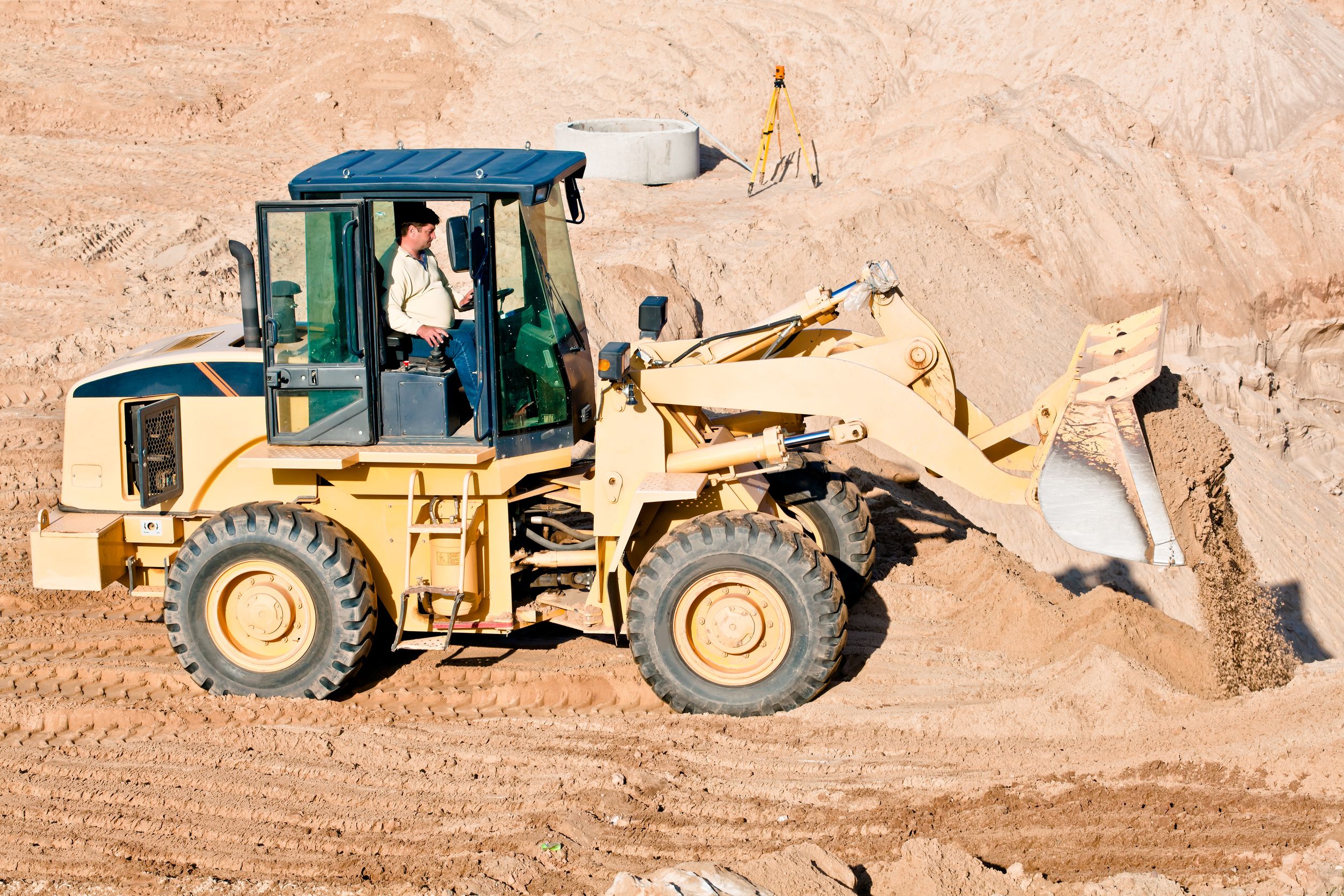Steel pipes come in a variety of different shapes and sizes. The grading, thickness and quality of the pipe vary considerably. Depending upon the purpose, a different type of pipe may be used. A threaded steel pipe may be used for the transportation of liquids, gases and hydraulic fluid. Usually, pipes that need to be threaded must fall in a specific diameter range. Companies that provide threading services generally thread pipes with a diameter starting from 1/8” and going up to 20″.
The threaded steel pipe is used in a variety of industrial applications. These pipes are used in the construction industry. They are installed in large buildings and houses in order to transport gases and steam. Because they are so effective in carrying hydraulic fluid, they are also used in the automobile industry. Pipe threading is not an easy job. Only a handful of companies offers such services mainly because it requires very powerful machinery.
The distinctive feature of threaded steel pipes is the screw thread at the end of each side. Using sophisticated machinery, a screw thread is created at each end and is then tapered. Obviously, the pipe needs to be sealed after being screwed tightly into place. Often times, a special sealant may be applied before screwing the pipe into its position. The sealant is applied on the threaded portion of the pipe before tightening it into place. These pipes are most commonly used in plumbing applications.
Types of Threads
However, the standard sealant may not be useful for the transportation of gases. Extremely precise, dry-fit threads are required in order to prevent gas from leaking. A simple screw may not be enough to prevent the leakage. That is why dry threads are used in case the pipe is used for transporting gas or steam. Rather than use a sealant, the pipe is threaded in a special way to prevent leakage. Such types of threads are only required when the gas being transported in the pipe can contaminate the external environment.
Tapered Threads
Threading is not only used for steel piping. Tapered threads are also used very commonly for plastic piping. Obviously, plastic is not as robust as steel. When a plastic pipe is put through a tapered thread, it tends to wedge. That is why due care must be taken in order to prevent the joint from getting over-tightened. Generally, plastic pipe fittings aren’t very popular in plumbing applications. That’s simply because they can split even days, weeks or a few months after fitting. In order to prevent unnecessary leakages, steel pipes are most commonly used for a wide range of different applications.



